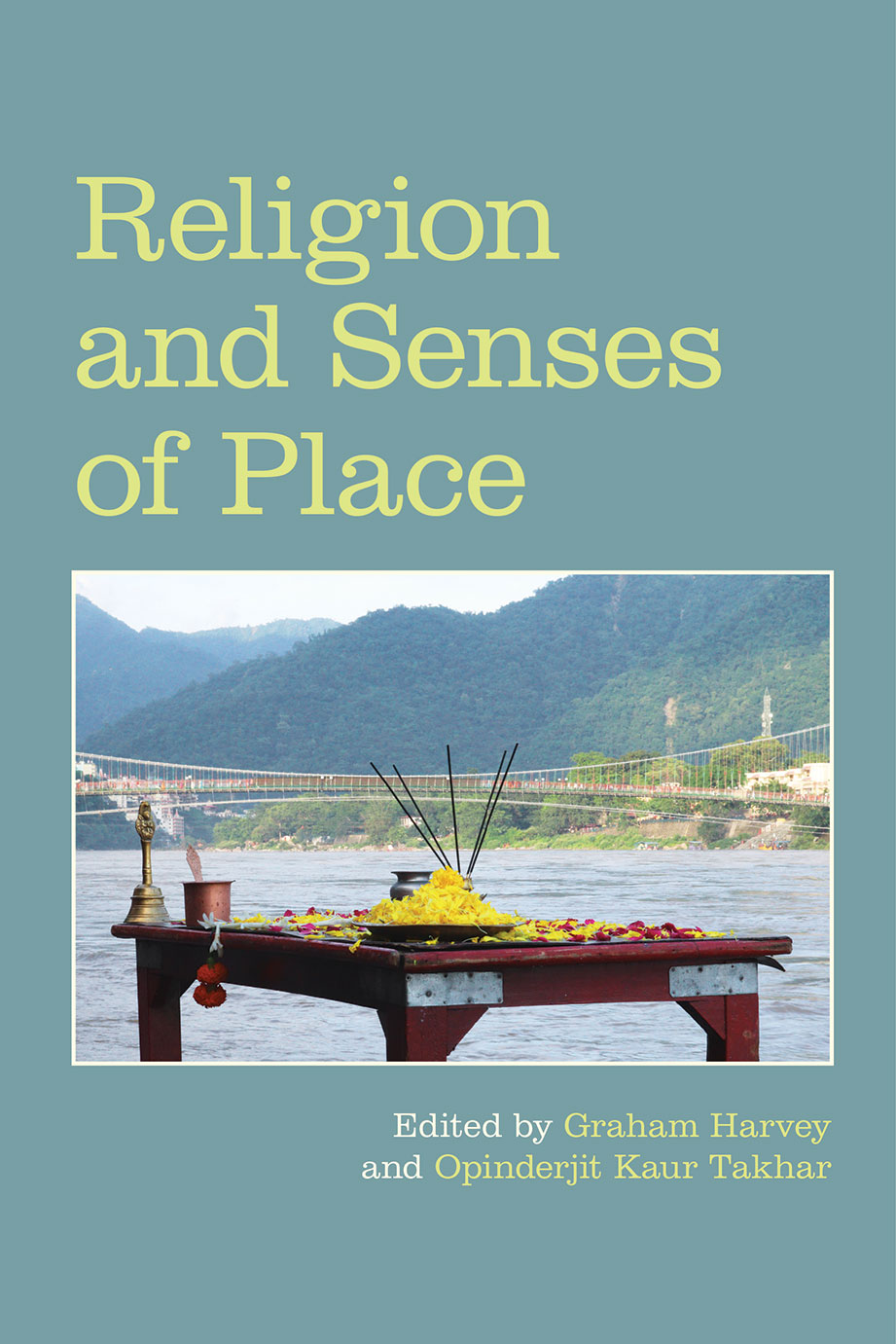Ji Aya Nu: Gurdwaras as Refuge and Target in the Islamophobic World Order
Religion and Senses of Place - Graham Harvey
Tavleen Kaur [+]
Description
This chapter explores the spatial transformation of Sikh gurdwaras (community sites for faith-based gathering) over the last two decades in the United States. While since their inception, gurdwaras have always been sites of community mobilization and organization, it is hate violence on Sikh buildings and bodies in the post-9/11 period that has pushed mainstream Sikh communities to envision gurdwaras as sites through which to negotiate their racialized existence. Particularly since 9/11 and throughout the ongoing “War on Terror,” gurdwara buildings have been targeted with Islamophobic hate violence due to having similar architectural design features as mosques (namely domes and arches). The 2012 shootings at the Sikh Temple of Wisconsin (Oak Creek), the incident in which a neo-Nazi white supremacist took the lives of six Sikhs and injured three others before turning the gun on himself, became a turning point for contemporary Sikh advocacy in North America. While “Sikh advocacy” has a wide range of policy-based meanings in the U.S. context, my focus is on what it means with regard to gurdwaras. Attacks on Sikh buildings have been occurring in tandem with attacks on Sikh bodies, again, both due to the violence wreaked by global Islamophobia. Many Sikh communities have used gurdwara spaces to host various kinds of open house programs to educate non-Sikhs in their respective areas on the Sikh faith. The underlying goal of open house programs is to demystify Sikhi and gurdwara spaces for passersby and neighbors, with the hope that such knowledge will ultimately prevent Sikh buildings being read as Muslim ones and will therefore thwart attacks on gurdwaras. This chapter explores how, in addition to open house programs, gurdwaras become “total sites” through official designation as safe spaces in the events of natural disasters and emergencies, polling sites during elections, community kitchens, medical clinics, and temporary relief shelters. By looking at specific examples, I explore how, in spite of being “total sites” serving their communities at large, gurdwaras are both places of refuge, as well as targets of hate violence. This chapter ultimately explores how gurdwara communities curate a sense of place, a complicated process informed by various forms of social and political displacement.






